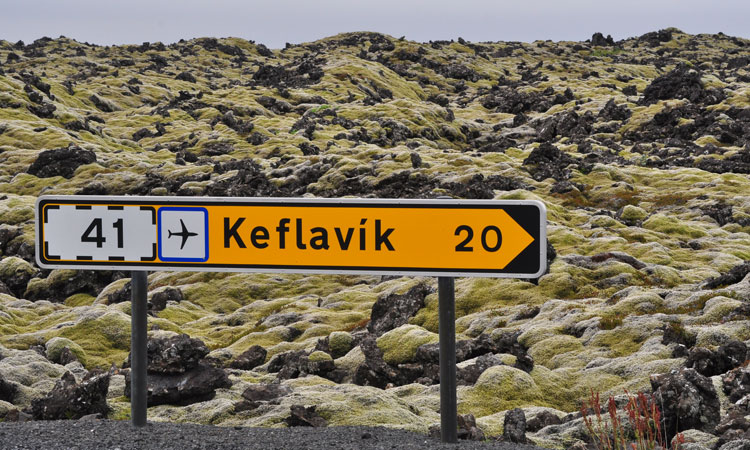Keflavik International Airport: Implementation of the European Entry/Exit System
- Like
- Digg
- Del
- Tumblr
- VKontakte
- Buffer
- Love This
- Odnoklassniki
- Meneame
- Blogger
- Amazon
- Yahoo Mail
- Gmail
- AOL
- Newsvine
- HackerNews
- Evernote
- MySpace
- Mail.ru
- Viadeo
- Line
- Comments
- Yummly
- SMS
- Viber
- Telegram
- Subscribe
- Skype
- Facebook Messenger
- Kakao
- LiveJournal
- Yammer
- Edgar
- Fintel
- Mix
- Instapaper
- Copy Link
Posted: 25 May 2021 | IDEMIA | No comments yet
By 2022, Iceland, like all Schengen states, will have to comply with European Entry/Exit System (EU/EES) regulations. The new system will include the biometric identification and verification of travellers, based on a facial image and four fingerprints, at all border crossing points (air, land, and sea).


In 2019, Iceland’s largest airport counted around 7.2 million passengers, with about 50 per cent of all passengers crossing the borders. Keflavik International Airport (KEF) has in past years welcomed up to 29 airlines, covering 78 destinations. The airport has undergone significant development over recent years. By 2022, Iceland, like all Schengen states, will have to comply with European Entry/Exit System (EU/EES) regulations. The new system will include the biometric identification and verification of travellers, based on a facial image and four fingerprints, at all border crossing points (air, land, and sea).
This change will undoubtedly mean a lengthier processing time for Third Country Nationals (TCNs), as it could take up to three times longer than the current border clearance process. States will need to accurately manage passenger flows at the different sites. They will have to rearrange the physical space and create additional touchpoints to handle these flows.
However, when it comes to the field of border control, Iceland is at the forefront of innovation. The country is implementing one of the most high-tech systems that will be capable of managing the territory’s security while facilitating the journeys of the increasing number of travellers.
In 2020, Iceland, through the National Commissioner of the Icelandic Police (NCIP) and Isavia, operator of Iceland’s airports, chose IDEMIA as the supplier and partner for the development and implementation of a comprehensive border management system for all of their air and sea border crossing points.
The system will be operational from 2021. It will manage an average of 10 million travellers per year with manned and automated controls underpinned by biometric technology.
The new system will address the following three main challenges: increasing efficiency to make Keflavik grow as a hub, increasing automation at border control in order to reduce any major staff and space requirements, and strengthening security controls at borders.
Eventually, a new border control area will be created in 2024. This will be accomplished by extending the airport so it can accommodate a new and larger immigration hall. Simulation is used to execute the capacity analysis and evaluate the different setups and locations needed for this new border control facility.
Prior to this, valuable lessons were learned in a pilot with kiosks in the Keflavik Immigration area, jointly run by Isavia and the NCIP. This project took place over a six month period and it helped the EES preparation process. It allowed Isavia and the NCIP to address and evaluate the data capturing and processing times, asserting the importance of high-quality biometrics. Additionally, related passenger behaviour, analysing the number and best locations for kiosks and where-to-now wayfinding were addressed.
Iceland envisioned having a strong partner to develop, supply and maintain its local and national border control systems, with a clear future orientation. Increasing efficiency, security and having a fully compliant EES border control process for TCNs, including automated border control for bona fide travellers, was also essential to its vision. With these factors in mind, Iceland turned to a single supplier that had the required experience and capacity to design the solution for its complete border management system. Backed by this new system, Iceland will comply in time with EU Entry/Exit System (EU-EES) regulations.
Sign up for IDEMIA’s webinar taking place on 3 June at 10 am BST.
Related topics
Related airports
Related organisations
Isavia, National Commissioner of the Icelandic Police (NCIP)


















